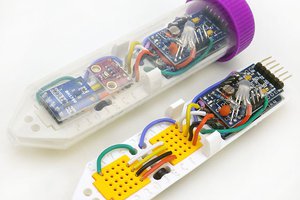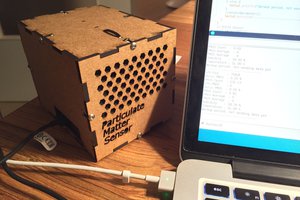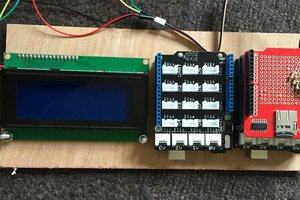A wireless weather station consisting of an external unit pole mounted that records temperature, humidity, barometric pressure, wind speed, wind direction and rainfall, and an internal unit reporting all of this to Weather Underground and whatever other services. Currently I'm also sending to data.sparkfun.com
Weather Station
Wireless weather station with wireless link to indoor unit uploading to Weather Underground

 dickson
dickson
 Ed Mallon
Ed Mallon
 tiefpunkt
tiefpunkt
 Craig
Craig